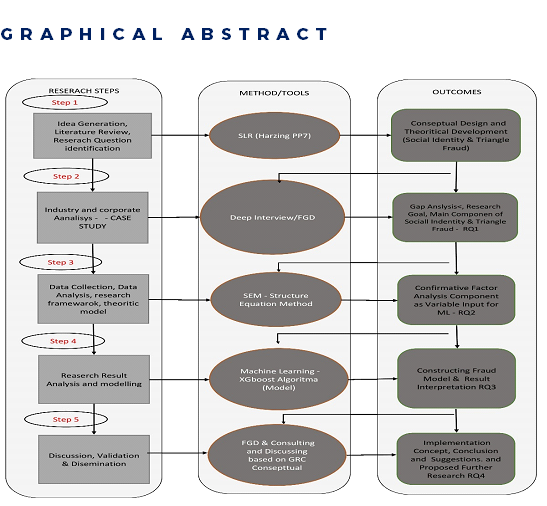Preventing Internal Fraud in Microlending Business Processes with Machine Learning Models: Confirmatory Factor Analysis (CFA) and Extreme Gradient Boosting (XGBoost)
Main Article Content
Abstract
Internal fraud (occupational fraud) in the microcredit business has caused significant losses for the banking industry and financial institutions. The unique microcredit business process and the amount of loans provided were relatively small for each customer. The more extensive the credit portfolio in a bank /financial institution, it took many marketing personnel/microcredit analysts. Internal fraud was one type of operational risk that banks/financial institutions often face that focused on microcredit services. The most common types of fraud were Corruption and Asset Abuse (ACFE), such as Tempilan credit (loan partly used by the debtor), Topengan credit (misused loan), and Fictitious Credit. Machine learning that was run automatically was used to predict internal fraud in microcredit business processes. This study conducts the use of analysis with CFA (Confirmatory Factor Analysis) method to ascertain which component in the model of Social Identity and Triangle-Fraud most dominantly affects a person to commit fraud in the process of microloan services. This study also applies Extreme Gradient Boosting (XGBoost) model to predict the possibility of fraud events. The level of possible fraud events will be manifested in the form of "Risk-Scoring.". This research result is expected to provide input to the banking industry/financial institutions that serve microcredit to make efforts and make fraud prevention strategies more effective.
